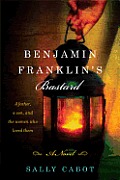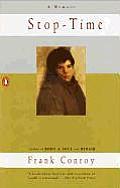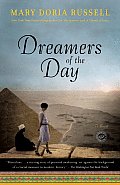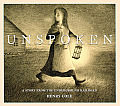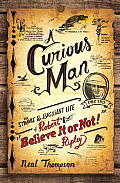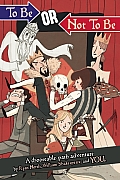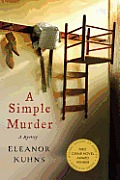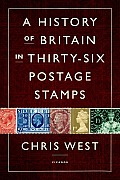Link to this review in the form of a comic strip by billba tagged historical fiction
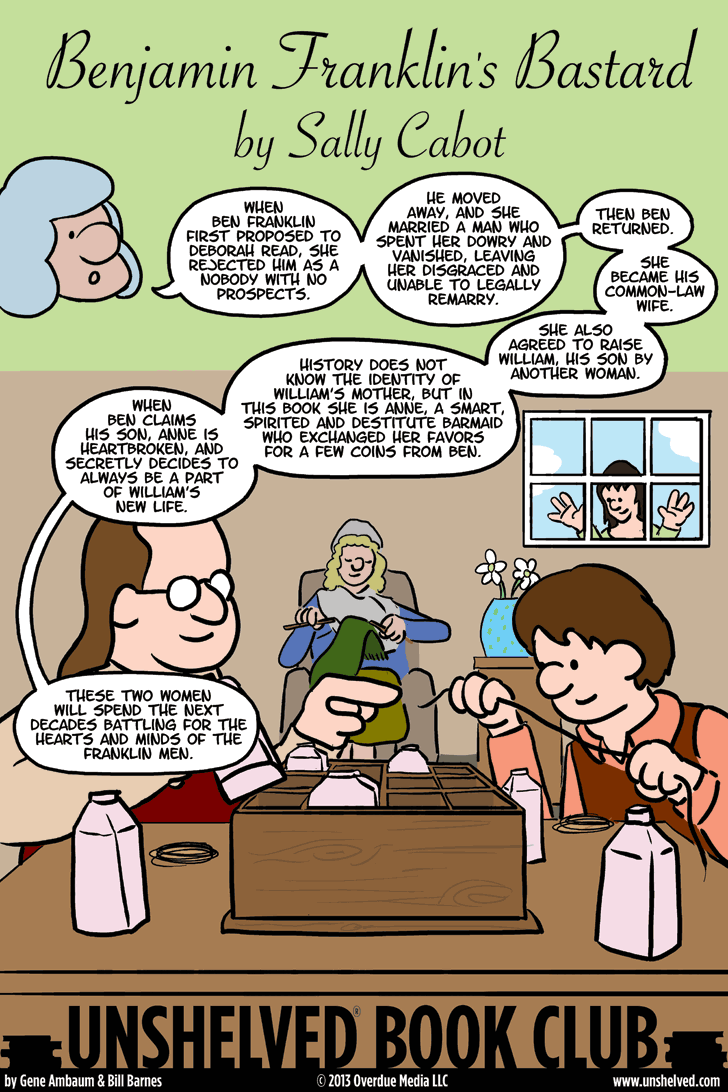
Click for the full-sized comic
Why I picked it up: I’ve read a lot of Franklin biographies, but I’ve never understood the relationship between him and “Debby.” I also hoped for some insight into the split between him and his son, who went on to become the fiercely Loyalist Royal Governor of New Jersey, diametrically opposed to the revolutionary politics of his father.
Why I finished it: It’s a strikingly moving and insightful glimpse into the complexity of human relationships. This fictional love quadrangle feels deeply true on an emotional level. And just when I thought it had said everything it was going to say, the last page packed an unexpected wallop that made me burst into tears when I read it in an Alaska Air first class section. I hope they know that there’s nothing wrong with that, and will still upgrade me next time.
Readalikes: Again and again as I read this book, with its insight into family chemistry and the worldly attachments that pull us apart, I was reminded of John Irving’s A Widow For One Year and Pat Conroy’s The Lords of Discipline.
@bookblurb Only Benjamin Franklin knew who his son William's mother was. In this novel she is smart, lively, and tragic.
Link to this review by flemtastic tagged biography
Frank Conroy writes a dispassionate examination of his childhood in a screwed up family. It’s an honest look into his isolation, desperation, rage, and wonder at the beauty in the world, with a bit of random violence thrown in. Several members of his family were mentally ill, and his mother and step-father lacked any parental authority. He tells stories like the one about the time he took part in the punishment of a hapless, overweight kid, lining up with others to give him a punch in the face. Conroy is a master of capturing his thoughts, including his eagerness to punch the boy and the letdown after the actual experience, including the guilt of helping to break the boy’s jaw in four places. Dragged along with his mercurial mother from New York to Florida of the 1940s and 1950s, Conroy capered in the wilds, killing the occasional six-foot king snake and caching food supplies in the forest in case he ever needed them. One chapter details a sudden obsession with yo-yoing, his mastering of tricks, and his subsequent entry into contests. Conroy ends up going to high school overseas and then attending an American college, but the bulk of this seminal memoir is about his strange, unsupervised childhood.
Why I picked it up: I got Frank Conroy mixed up with Pat Conroy, an author whose books I love. (A mistake, but a serendipitous one!)
Why I finished it: Conroy is a master of small moments. He describes using his spare change to go on the bumper cars at a county fair after carefully identifying and then claiming the fastest cars. They then worked like a pack of orca whales on the hunt to coordinate smashing an unsuspecting victim. I have done exactly the same thing, and enjoyed it as much as his well-described adolescent-self did!
It’s perfect for: My friend Derek, who turned me on to The Brothers K by David James Duncan. Conroy’s and Duncan’s close examinations of life, as well as their shared love of the outdoors, make these great readalikes.
@bookblurb Frank Conroy’s dispassionate examination of his strange, unsupervised childhood in a screwed-up family.
Link to this review by davidtomashek tagged historical fiction
Schoolteacher Agnes Shanklin is the only member of her family to survive the 1918 flu pandemic. Left with nothing but her family’s money, she seeks a new future for herself. She travels to Egypt and Palestine, following the path of her sister’s missionary work before the Great War. She happens to arrive in Cairo just as the British are deciding the fate of the region. She meets T.E. Lawrence (also known as Lawrence of Arabia), Gertrude Bell, and Winston Churchill and observes the birth of the Middle East as we know it today. She also finds herself falling in love with a man who may well be a German spy using her for information.
Why I picked it up: I have been wanting to read a book on the formation of the modern middle east, some heavily erudite work like A Peace to End All Peace by David Fromkin. I haven’t yet, but this seemed to cover the same ground in the form of a novel. And Fromkin’s book was one of many listed in Russell’s acknowledgements.
Why I finished it: Just about every page was a history lesson, from the flu epidemic to the effects of immigration on U.S. garment workers to the Cairo Peace Conference. The information flowed naturally from Agnes’s mouth without becoming a boring lecture. Russell managed to create a heroine who lived through events while she was aware of their historical context.
It’s perfect for: My friend Josephine, who recently complained about the rash of historical whodunits, from the medieval crime scene investigator Adelia in Mistress of the Art of Death to Ed Poe, private eye. She was wondering if there could be entertaining historical fiction without a conventional mystery plot. After reading Russell’s book, she’d know there can be.
@bookblurb After surviving the 1918 flu epidemic, Agnes Shanklin arrives in the Middle East during tumultuous times.
Link to this review by sharonlevin tagged historical fiction • picture book
Unspoken tells the story, wordlessly, of a young girl in the Confederacy. She sees eyes peeking out from within a stack of drying corn husks in the chicken house, where a runaway slave is hiding. At first she’s frightened, but she becomes concerned and later she secretly leaves food in front of the cornstalks.
The unspoken relationship continues even after bounty hunters visit the household.
Why I picked it up: The cover is absolutely beautiful, a graphite drawing of a young girl, at night, lit from below by a lantern as she looks back over her shoulder.
Why I finished it: Cole’s drawings’ use of light and shadow is really impressive. (This book is beautiful and looks very different from his others.) His notes at the end of the book add another dimension to the story; he tells of listening to elderly relatives relate stories they had heard directly from Civil War survivors, like one about a great-aunt who was forced to bake bread for enemy troops. (She spit into the dough to retaliate.)
It’s perfect for: Inja, a grade school art teacher, who would love the gift that the girl finds at the end of the story. It’s a simple doll made from napkins and corn husks, so Emma would be able to teach her students how to make them, too.
@bookblurb A wordless story about a young girl who helps a runaway slave hiding in her family’s chicken coop.
Link to this review by rosie tagged picture book • history
A picture book biography of Neil Armstrong, the first man on the moon, starting from the first time he saw an airplane at age two.
Why I picked it up: The cover is a watercolor painting of Armstrong on the moon, smiling, his arms spread wide. He looks so happy to be there!
Why I finished it: Neil never gave up on his dream of flying. He worked various jobs to pay for flying magazines and model airplanes. His parents eventually agreed to let him take flying lessons if he paid for it. He had to work twenty-five hours to earn enough money for each lesson.
It’s perfect for: Samra, who is small like Neil was. At age eleven, working at a bakery, he was able to clean the dough-mixing vats by sitting inside them. The picture in the book shows just the top of Neil’s head sticking out of the vat, surrounded by bubbles. It is really cute.
@bookblurb Neil Armstrong pursued his dream of flying and became the first man to walk on the moon.
Link to this review by sharonlevin tagged biography
Robert Ripley was a buck-toothed, awkward young man living in Santa Rosa, California, in the late 1800s. He was first and foremost a cartoonist, and began his professional life as a staff cartoonist for the San Francisco Bulletin. He was fired after just four months, bounced around a bit, and finally got a job as a sports cartoonist reporting from Europe. This was his first taste of the odd and the different; he reported on sports like Mensur fencing and related what he saw in cartoons, almost exactly the same format Ripley’s syndicated cartoons use to this day.
He kept his day job, but found he enjoyed gathering odd facts (a man who skipped rope 11,810 times, another who could stay underwater for six minutes) and he’d submit these during quiet times in the sporting world. His world expanded in 1922 when he embarked on the RMS Laconia, a liner trying to become the first passenger ship to circle the world. Ripley wrote about and brought home oddities, including a shrunken head, from all over the world. And from there the Believe it Or Not empire was born.
Why I picked it up: I have always been a fan of Ripley’s Believe It or Not books and comic books, and I talked my mother into taking me to the museum when we were in St. Augustine, Florida, forty years ago.
Why I finished it: Ripley’s life is as interesting as his discoveries. He travelled the world and went to places that are hard to get to even now. He was a drinker, a womanizer, a philanthropist, and a man about town. He was both open-minded and a stereotypical ugly American; seeing the world through his eyes is always fascinating and sometimes cringe inducing.
It’s perfect for: Judi, a huge Peanuts fan. Ripley once published a cartoon from a fourteen-year-old who wrote in about his dog, Spike, who ate anything, including tacks, pins, screws, and razor blades. This young man was Charles Schultz, and the dog he wrote about was the model for Snoopy.
@bookblurb The colorful life of Robert Ripley, the cartoonist who created “Believe It or Not!"
Link to this review by sarahhunt tagged classic • historical fiction • humor
Make your own choices for Hamlet in his sticky situation in Denmark. Or you can be Ophelia, or even the ghost of the king! The story can stay traditional (skulls help you pick what Shakespeare wrote) or veer off into exciting and unexpected new places, like inventing central heating or tricking your uncle into revealing his guilt using a chooseable-path book. Even death isn’t too bad, since each final ending has an illustration by one of the tons of cool webcomic artists who contributed to the project.
Why I picked it up: I got a taste for North’s delightful sassy retelling of literature in his Back to the Future novelization project, and loved it.
Why I finished it: I had forgotten how fun chooseable-path books are, and the editorial comments in the available choices had me laughing as I sped through story after story, like when I was deciding whether or not to kill Claudius while he prayed:
“Hah hah, nice try, Claudius; prayer doesn’t work that way. What time is it? Oh, wow, would you look at that, the day’s barely started and already it’s a quarter past STAB O’CLOCK: turn to page 205.”
I’ll be reading through the 3,001,181,439,094,525 possible stories for years to come!
It’s perfect for: Emily, who, like me, was aggravated that Hamlet couldn’t be bothered to let Ophelia in on the whole pretending-to-be-mad gambit. Now she can find out what happens when he does!
@bookblurb Irritated by Hamlet? Intrigued by Ophelia? Make different choices than the Bard and see what happens.
Link to this review by emilyjones tagged historical fiction • mystery
Will Rees served his time as a soldier in the Revolutionary War. After his wife died he took to the roads as a traveling weaver, leaving his son, David, with relatives who abused him. Now Will finds himself consumed with guilt for abandoning David, who has escaped his aunt and uncle by joining a Shaker settlement. Will’s arrival in the community of Zion coincides with the murder of a Shaker woman, and, as an outsider, he is initially the prime suspect. Once he is cleared of committing the crime, Will is asked by the Elders to help investigate.
Desperate to bring David home again and make things right, Will becomes entangled in the hidden lives and secrets he uncovers among the Shakers, and unknowingly puts himself and his son in danger.
Why I picked it up: I like reading stories set in different time periods and locations, and a late eighteenth century Shaker community in Maine definitely fits the bill.
Why I finished it: The author also happens to be a librarian, and I appreciated her attention to historical detail. I could envision how Shakers prepared and ate their meals, and was impressed by how labor and responsibilities were delegated among the community members by the elders. The hostility between the locals and the Shakers was visceral at times, and added to the building tension as more crimes were discovered.
It’s perfect for: Katherine, because nearly all the main characters have some shade of red hair. Seeing as she lives with two of her own little redheads and is one herself, she will get a kick out of the role hair color plays in Shaker society.
@bookblurb Revolutionary War veteran Will Rees tries to make things right with his son and solve the murder of a Shaker woman.
Link to this review by billba tagged history
In 1840 Britain created the Penny Black, the world’s first adhesive postage stamp, transforming their postal system into a democratic and highly efficient communications network that powered an Empire. This history of Britain, from the Victorian era to the modern age, shows how stamps created and reflected the modern world.
Why I picked it up: Even though I went to school in Britain during the Thatcher years, I have huge gaps in my knowledge of that country. This book seemed just the right length, and I was pretty charmed by the conceit that postage could be a viable prism through which to view history.
Why I finished it: Recently I created dozens of embroidered patches, and suddenly I’m very interested in the design constraints imposed by a tiny canvas. The stamps that begin the chapters each illustrate a theme — Ireland, racial diversity, economic stagnation, the European Union. They vary from beautiful and sublime to crowded and downright unprofessional — the designer of the 46th International Parliamentary Conference 4D Commemorative in 1957 forgot to add the “46th,” so the printers just stuck it into the only available space.
It’s perfect for: Craig, who I met on a flight back from Comic Con. He was frustrated with his high school American history class, so he started checking out books from his library. He is ready for a different perspective, and there’s no escaping the vast influence of our mother country. Plus the kids today need some healthy respect for the predecessors of their texting culture. Did you know that London residents once enjoyed eleven postal deliveries a day? Instant messaging indeed.
@bookblurb How postage stamps created the first global communication network, powering the British empire.
